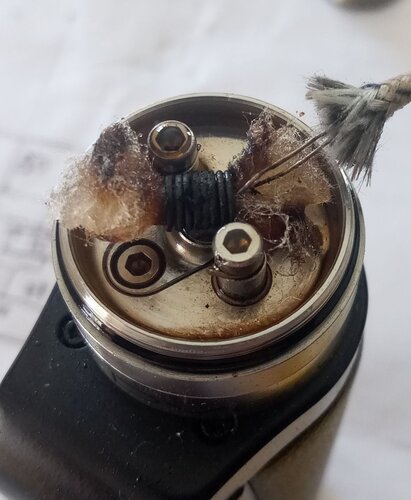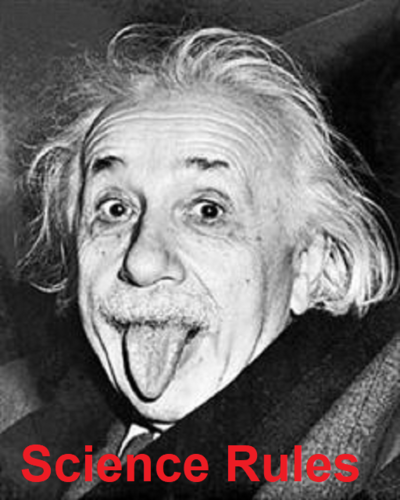Option D: All of the above?


Jokes aside this thread is actually very interesting...
It appears that the juice actually vaporises before the liquids boiling point.
So how does a vape device actually work and what actually happens to create the liquid to vaporise.
This is the question, it clearly can't be boiling to create vapor
Sent from my LM-G900 using Tapatalk








